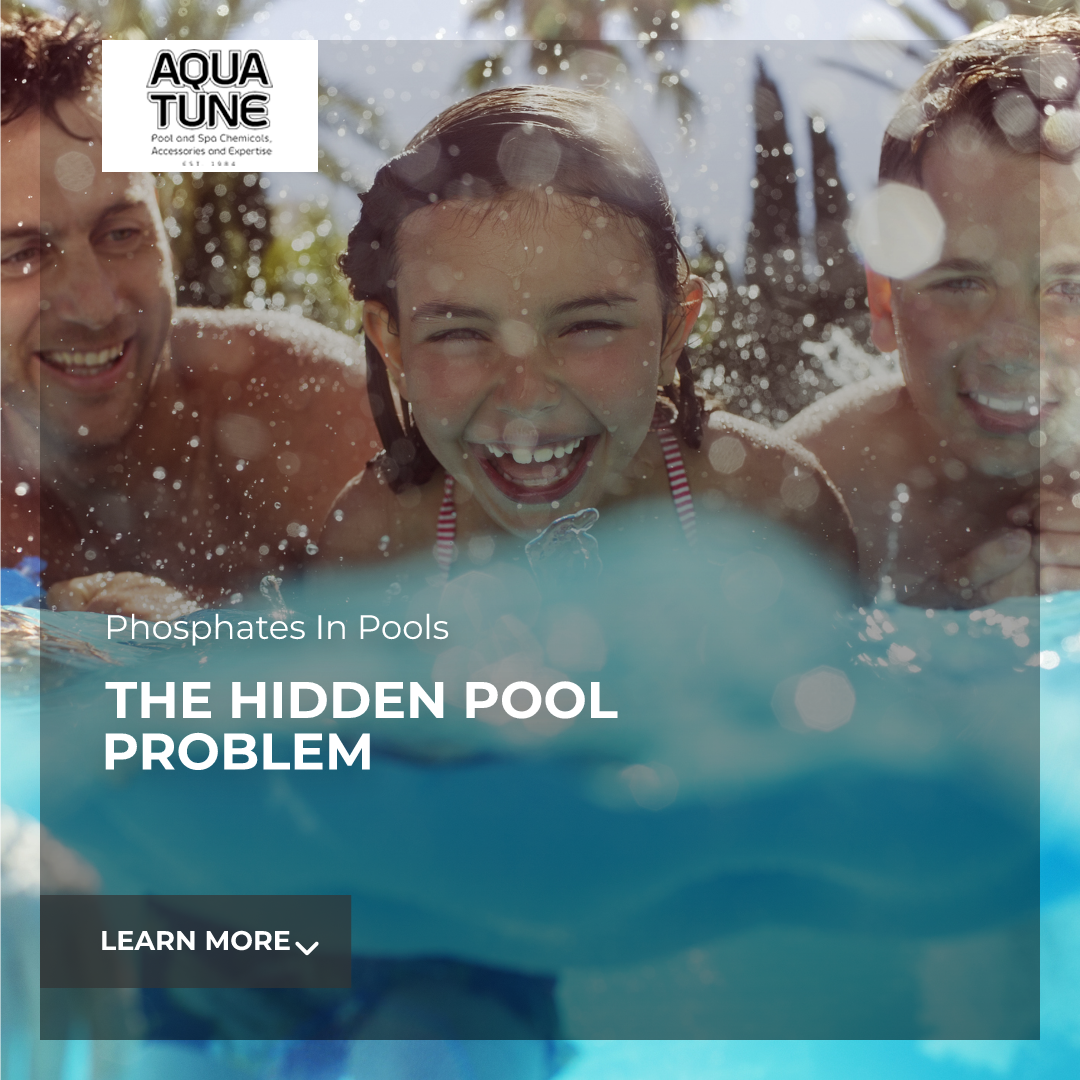
If your pool’s gone a bit green and slimy no matter how much chlorine you dump in—there’s a good chance phosphates are the culprit. These invisible troublemakers are the ultimate buffet for algae and once they’re in, they’re stubborn as a bad smell in a wetsuit.
So, What Are Phosphates Anyway?
Phosphates are compounds containing the element phosphorus. They sneak into your pool from a variety of places:
- Decaying leaves and plant matter
- Lawn fertilisers drifting in on the wind
- Bathers themselves (sunscreen, sweat, skin cells)
- Tap water in some regions
- Even some pool chemicals (yep!)
- Runoff from gutters containing bird faeces
While phosphates aren't harmful to swimmers directly, they’re algae’s favourite snack. Algae can’t get enough of the stuff—it’s like happy hour at an all-you-can-eat buffet. The more phosphates in your water, the more resilient and aggressive algae becomes, even in well-chlorinated pools.
Why Should You Care?
Because even perfectly balanced water can still turn green if phosphate levels are high. Algae just needs three things to thrive: sunlight, warm water and nutrients (like phosphates). You’ve already got the first two—don’t let phosphates complete the triangle.
Unchecked phosphate levels can lead to:
- Cloudy water
- Persistent green or black algae blooms
- Clogged filters
- Frustrating re-treatments (and wasted $$$)
According to the Pool & Hot Tub Alliance (PHTA), keeping phosphate levels as low as possible is one of the most effective ways to prevent algae, rather than constantly trying to treat it after it appears.
How Do I Know If I Have Phosphates?
Short answer: test for it. There are simple home phosphate test kits available for pool owners or you can have it measured in any comprehensive pool test by your local pool professional.
Phosphate levels are measured in parts per billion (ppb). Levels above 100 ppb start to pose a risk. Some pools we test show levels above 1,000 ppb — especially after storms, heavy debris or irrigation run-off. We've even seen pools over 4,000 ppb
Can’t I Just Chlorinate It Out?
Nope. Chlorine doesn’t remove phosphates. And neither do regular algaecides. You could have crystal-clear water with perfect chlorine and pH levels, but if phosphates are hanging around, algae will too. In fact phosphates also increase chlorine demand.
So, What’s The Solution?
Lanthanum chloride is the secret weapon here. It works by binding to the phosphate and turning it into a solid that can be filtered out of the water. It doesn’t kill algae—it starves it.
We recommend using a high-strength lanthanum chloride-based phosphate remover—the same tech trusted by professionals and recommended by Aquatune in commercial and home pool environments. This powerful treatment:
- Drops phosphate levels quickly
- Helps prevent future algae growth
- Works alongside chlorine and algaecide—not against them
- Safe for swimmers and pool equipment when used correctly
Aquatune Pro Tip:
Don’t wait for algae to appear before taking action. Phosphate control is about prevention. Keep on top of debris, regularly test your water and treat with a strong phosphate remover if levels climb. Explore our Just Phosphate remover and treatments collection here.
Want To Know If You’re At Risk?
Simply look for a phosphate reading on your next professional pool water test. Or test it yourself with some professional phosphate test strips.
📣 Keep An Eye On Your Inbox
We’ll be sending out a special offer soon to help you tackle phosphates head-on and keep your pool pristine—just for our loyal readers. If you opened this email, you’re already on the nice list. 😎

